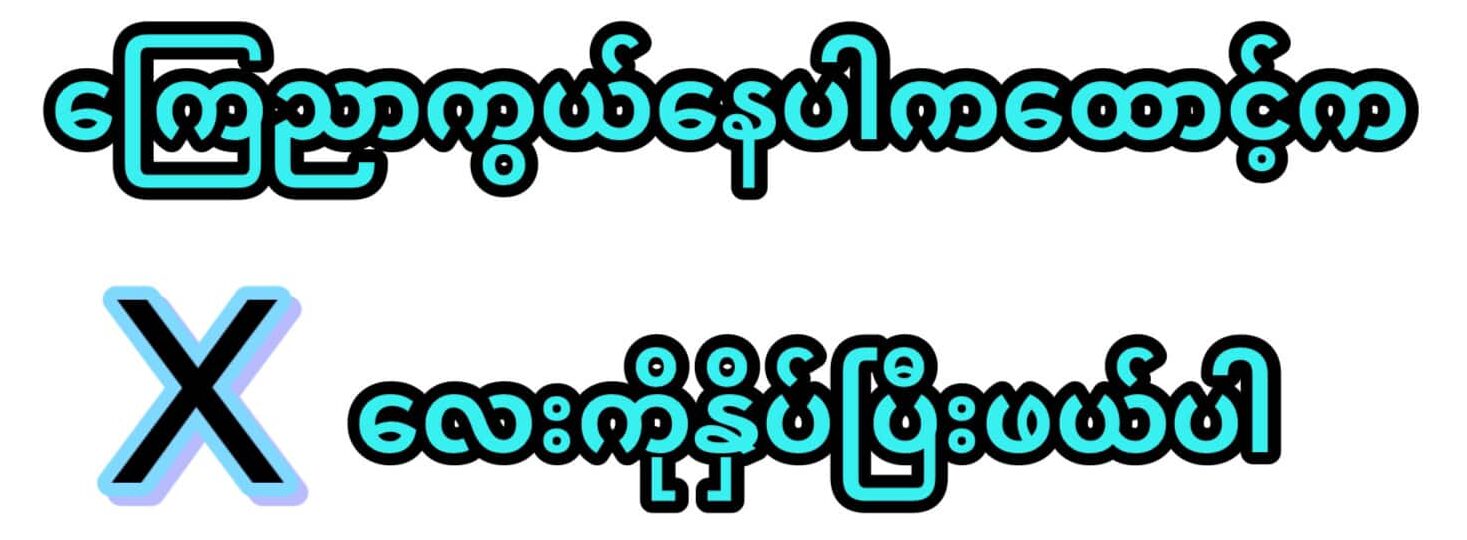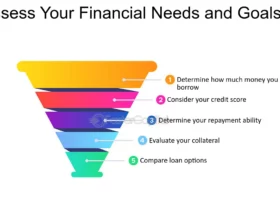The Internal Revenue Service (IRS) is undergoing a revolutionary transformation with its Paperless Correspondence Initiative. This initiative reflects a strategic shift from the traditional paper-based processes to a more efficient, secure, and environmentally friendly digital approach. In this article, we explore how this innovative initiative will work and its potential impact on taxpayers and professionals.
The Paperless Processing Initiative
The IRS Paperless Correspondence Initiative is a forward-thinking move aimed at reducing the reliance on paper documents and ushering in a more streamlined and technologically advanced system for sending IRS correspondence. Currently, taxpayers are required to respond to IRS notices through traditional mail, which often burdens both taxpayers and IRS staff. Manual data entry by IRS employees leads to significant delays in processing.
Each year, the IRS receives a staggering 76 million paper returns and 125 million pieces of mail, including responses to notices and non-tax forms. Additionally, the IRS is responsible for storing over 1 billion historical documents, incurring an annual cost of $40 million. To expedite modernization efforts, the IRS is utilizing resources from the Inflation Reduction Act.
By 2024, taxpayers should have the option to opt-in for paperless correspondence. Furthermore, the IRS is aiming to go paperless when digitizing paper-filed tax returns.
Key Objectives
The IRS Paperless Correspondence Initiative is driven by several key objectives:
- Efficiency Enhancement: By eliminating paper documents, the IRS intends to expedite processing procedures, reducing the time required for document handling, data entry, and communication.
- Cost Reduction: Transitioning away from paper processes can significantly reduce costs associated with printing, postage, and physical document storage.
- Accessibility and Convenience: A digital approach simplifies access and submission of documents for taxpayers, tax professionals, and other stakeholders, enhancing user-friendliness.
- Security Enhancement: Digital processing enhances data security, reducing risks associated with physical document loss, tampering, and unauthorized access.
Implementation and Support
To facilitate the transition to paperless processing, the IRS has established mechanisms for taxpayers and tax professionals. Secure online portals and electronic communication channels allow for the electronic submission of documents, receipt of notifications, and interaction with the IRS.
By the filing season of 2024, taxpayers will have the capability to digitally submit all correspondence and e-file an additional 20 tax forms. Additionally, 20 of the most common non-tax forms will be available for digital filing. By the filing season of 2025, the IRS intends to add an extra 150 of the most frequently used non-tax forms. They also plan to digitize all paper-filed returns, including information returns. Moreover, the IRS aspires to digitize the 1 billion+ historical documents, not only saving $40 million annually but also providing taxpayers access to their own data. Ultimately, the goal is to digitally process all correspondence by the filing season of 2026.
Impact on Taxpayers and Professionals
Taxpayers and tax professionals are poised to benefit in numerous ways:
- Faster Processing: Electronic document submission will expedite the handling of tax-related requests, resulting in quicker resolutions and responses from the IRS.
- Reduced Paperwork: Taxpayers will experience a reduction in paperwork, eliminating the need to physically mail or fax documents to the IRS.
- Real-time Updates: Electronic filing permits real-time tracking and updates on the status of submitted documents.
- Environmental Benefits: The transition to digital processes supports environmental sustainability by reducing paper consumption and the carbon footprint associated with paper production and transportation.
Conclusion
The IRS Paperless Processing Initiative represents a significant stride toward embracing digital transformation, fostering efficiency, accessibility, and sustainability in its operations. As the IRS continues its journey of modernization, taxpayers can anticipate a more streamlined and user-friendly experience while contributing to a greener and more sustainable future. This initiative not only streamlines processes but also signifies a commitment to adapt to the ever-evolving digital landscape, benefitting both the IRS and the taxpayers it serves.











Leave a Reply